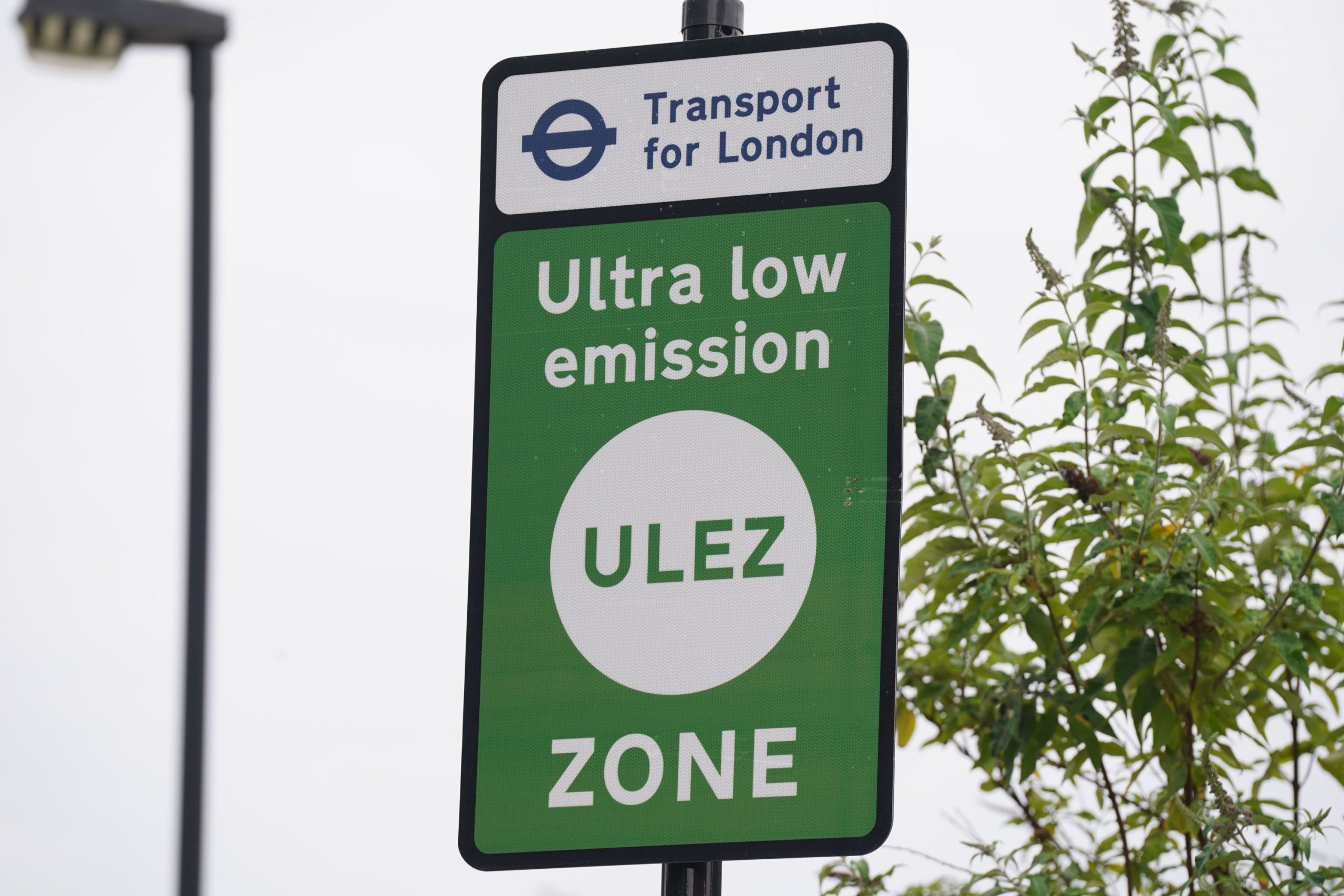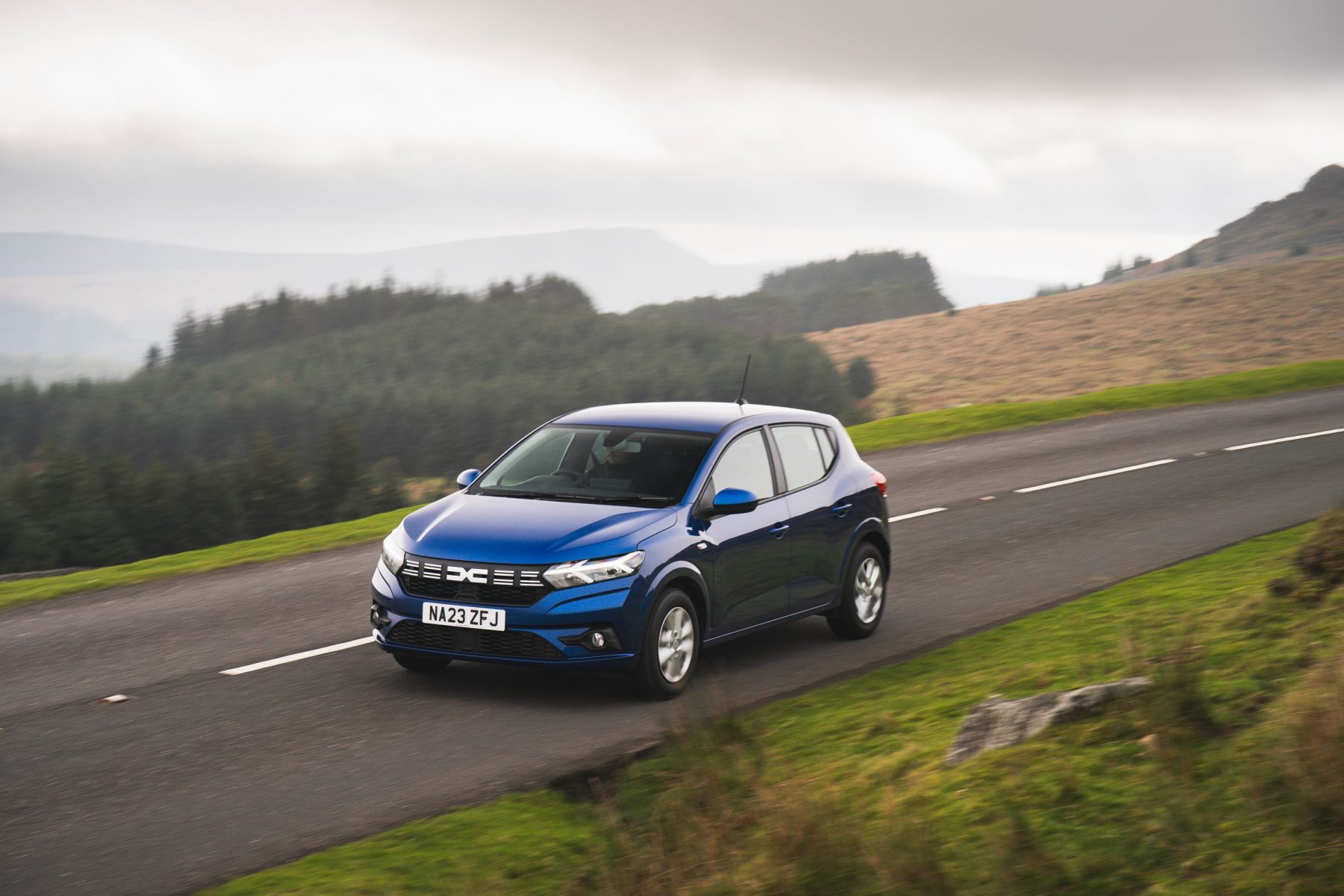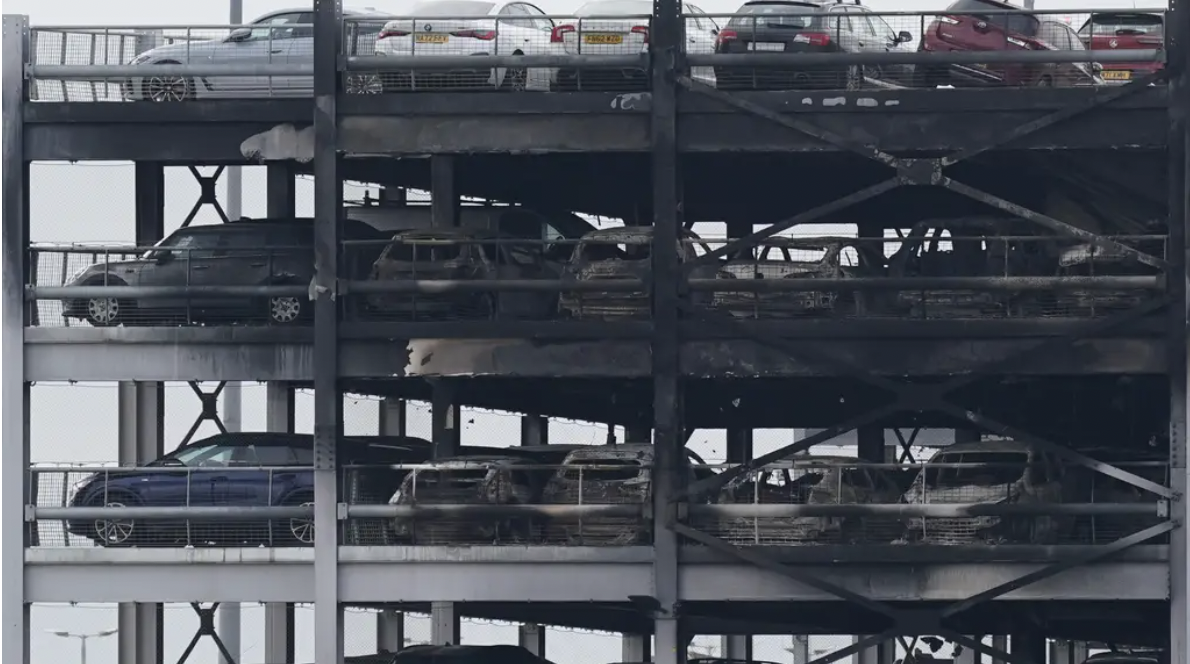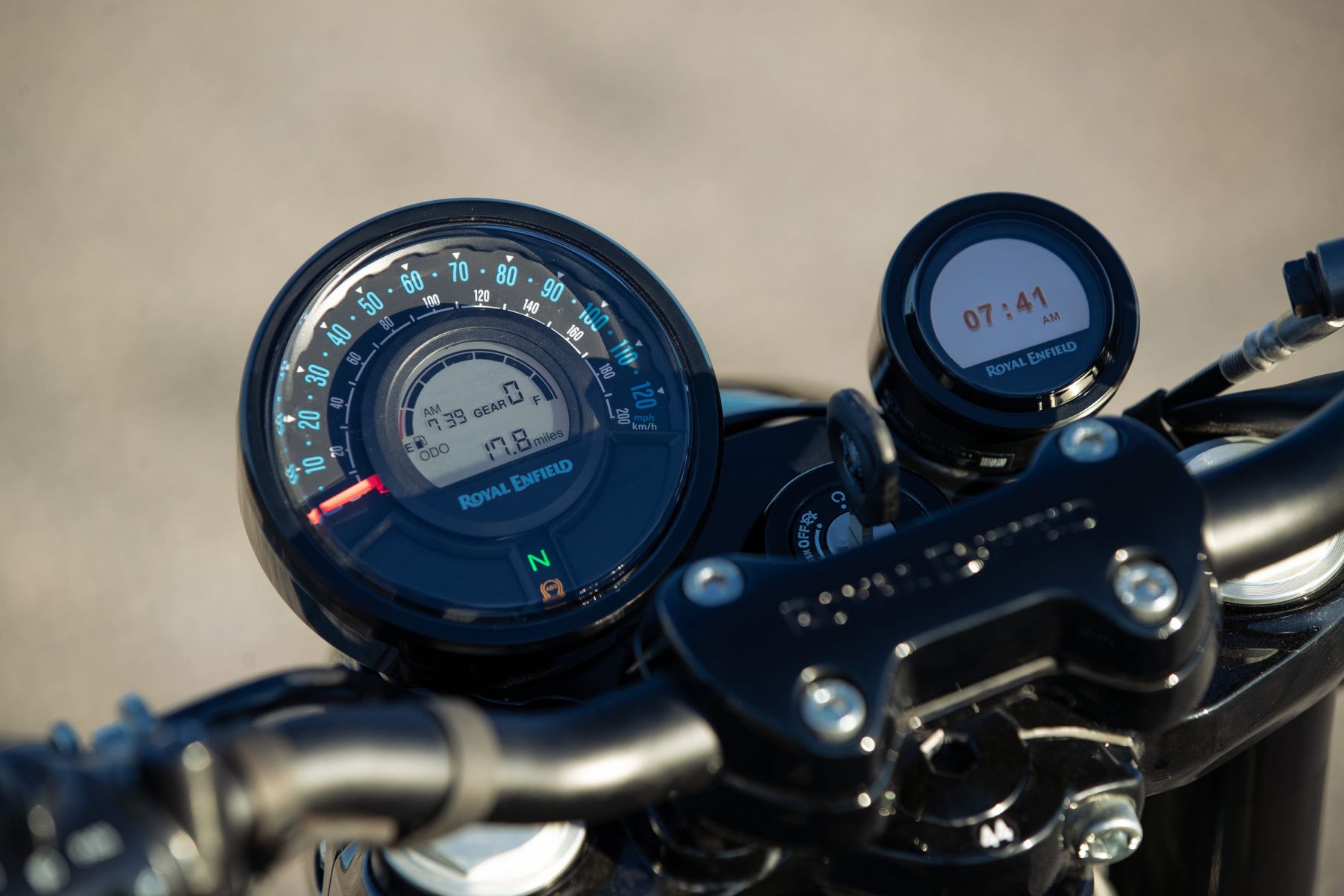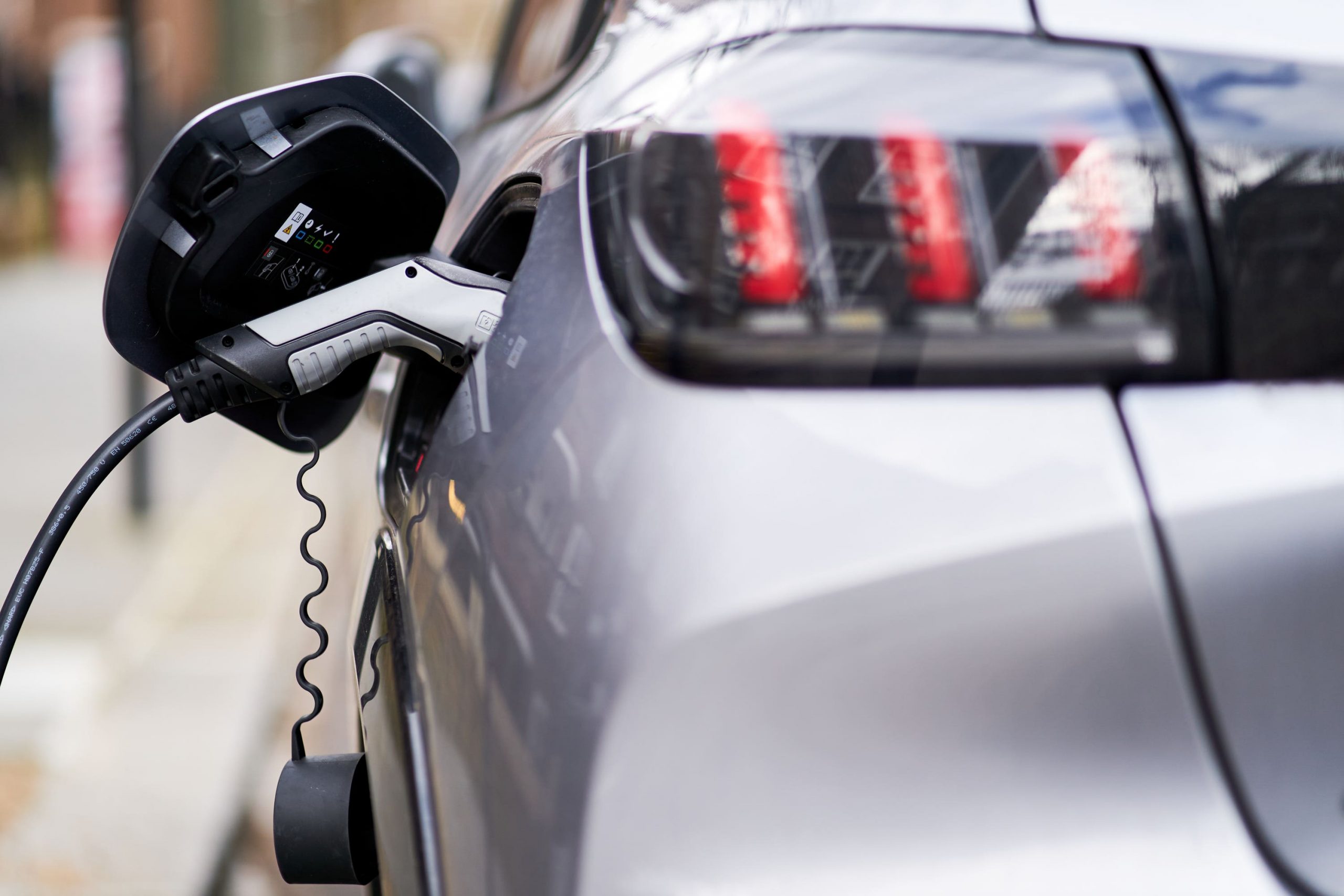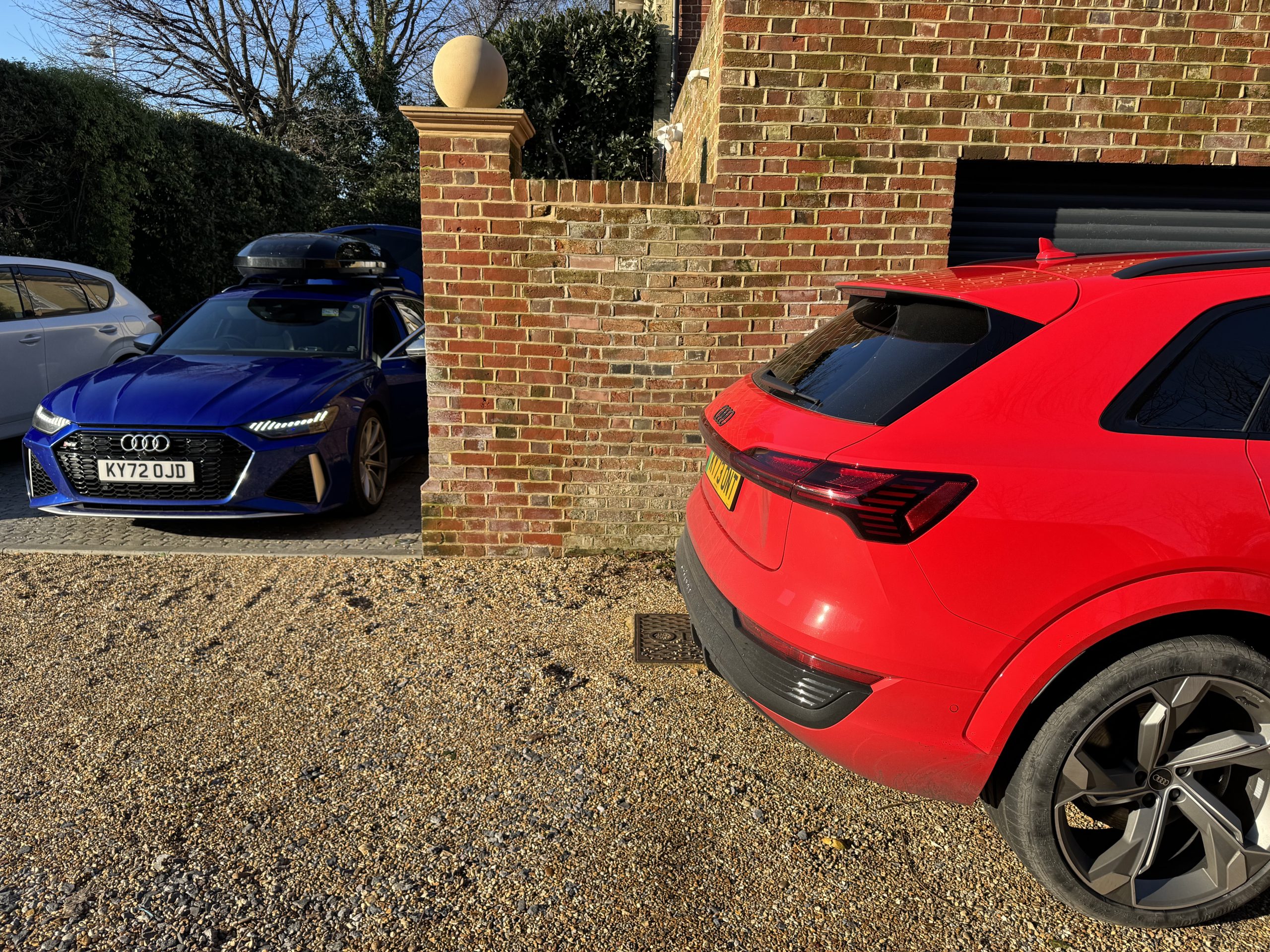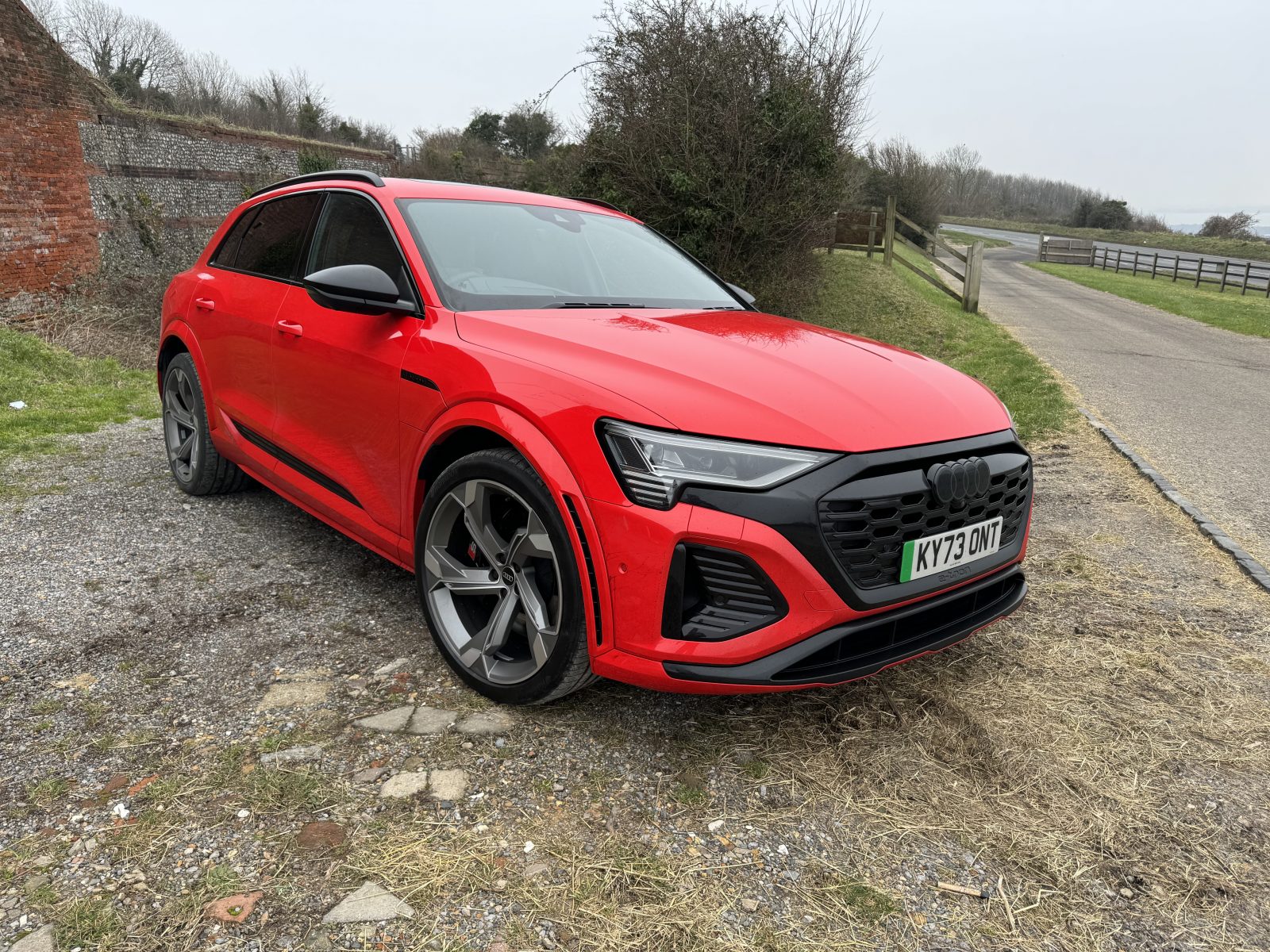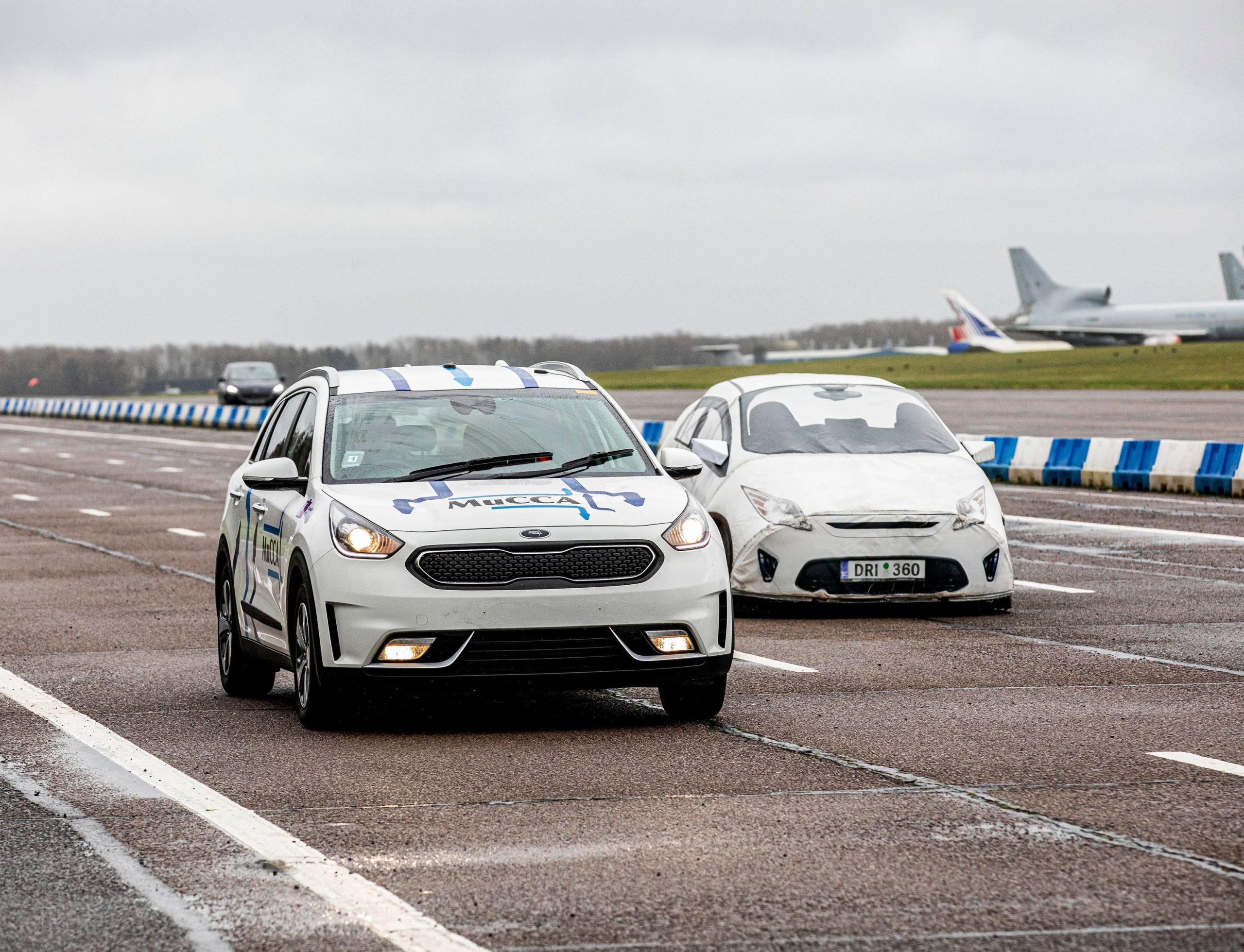Mayor of London Sadiq Khan has pledged not to expand the ultra low emission zone (Ulez) scheme if he returns to the role after May’s election.
In a letter to London’s transport commissioner Andy Lord, Mr Khan wrote that he had “categorically” ruled out the introduction of a pay-per-mile scheme as well as any tightening of Ulez emissions standards.
He wrote: “There is clearly still more to do to tackle air pollution, and I’m determined to continue leading from the front in London.
“But my commitment to Londoners is this will not include a new pay-per-mile road user charging scheme or amending the standards for the Ulez scheme.
“The introduction and expansion of the Ulez has been necessary and effective. But now it’s in place and working, I will ensure the goalposts are not moved for drivers.”
Mr Khan adds in the letter that he would focus on other measures to tackle air pollution, including improving walking and cycling routes, making buildings more energy efficient and expanding the network of electric vehicle charging stations.
Susan Hall, the Conservative mayoral candidate, said: “Promises are worthless from the man who has been dishonest with Londoners about his plans to tax drivers.
“Sadiq Khan said he wouldn’t expand Ulez at the last election, then went ahead and did the opposite.
“He has spent £150 million building the technology for pay per mile, and now wants us to believe he won’t use it.
“Sadiq Khan is taking Londoners for fools and he just won’t listen. That’s why we need to vote for change on May 2.”
A spokesman for the mayor said: “Sadiq has been clear that he has ruled out the introduction of a pay-per-mile road user charging scheme but the Tories are clearly trying to mislead Londoners by repeatedly saying this is not the case.
“The mayor has now put in writing to the TfL commissioner his clear pledge to London: no pay-per-mile scheme will be introduced while he is mayor.”
Liberal Democrat candidate Rob Blackie said: “The Ulez could have been so much more successful if the mayor hadn’t rushed the 2023 extension, giving people in outer London just a few months to adapt.
“If we’re going to crack climate change we need to bring people with us.
“It’s crucial that the mayor focuses on fixing the problems that still persist, especially for tradespeople who need vans for work.”
Green Party candidate Zoe Garbett said: “It’s really disappointing that the current Labour Mayor of London is refusing to listen to what Londoners are saying about Ulez.
“Whilst Greens absolutely support action to reduce air pollution, the mayor’s current scheme has a lot of unfairness built into it. I would work to tackle this.
“London needs an improved system that will bring down air pollution in a fairer way and I believe the best way to do that is to replace both the Ulez and congestion charge with a new road charging system.
“At the moment, some of the worst polluting vehicles are able to avoid fees whilst many people on low incomes in small older cars are being charged.
“If elected, I would consult with Londoners and start to develop a new system which takes into account the distances driven, vehicle emissions, time of day and location.
“I would also look for ways to take into account how many people are in the car to encourage car sharing.”

